Sorry to anyone who doesn't drink coffee or has grown tired of hearing coffee aficionados go on and on about the beverage. You can be sure that this is a tribute to the importance of savouring each moment and developing a strong bond with the people or things that we surround ourselves with every day. On this particular occasion, I would like to recount the entire procedure of preparing a cup of coffee, beginning with the selection of the coffee cherries and ending with the brewing of the beverage. If this "two-week" and "several hours" cup of coffee was the greatest I've ever had or if it was simply average and a waste of time, I'll let you know at the conclusion of this piece.
First, though, let's take a journey to the place where coffee grows.
Here we are, sheltered by the tropical forest's canopy. A ray of sunlight is glinting off the plant's waxy, oval leaves. This one has been going on for four years, and it will keep on going for another twenty years before it reaches its full potential. The coffee bush thrives in the fertile soil that surrounds these high heights, where the distant outlines of volcanoes provide the ideal growing circumstances.
A stand of mainly untended coffee plants was on this little plot of property in Guatemala when I purchased it. Still, I gave some of the crop to a nearby family in return for some roasted beans as they were still harvesting. The day I prepared my first cup of coffee from my own property was a beautiful one. My goal for this year was to collect cherries from the land's few surviving bushes and prepare them so that I could brew a cup of coffee myself.
So, if you drink this beverage each day, here’s what that process looks like:.
The journey begins…
Cherry ripeness is indicated by a change in colour from green to red. I skipped over the ones that weren't ready. The harvest was modest since the bushes had been neglected and only had a few leaves on top. The soil was barren and exhausted, and there were a few dead branches still attached to the stems.
The cherry harvest was completed. Working from my outside deck, I began to extract the two new coffee beans within, I squeezed each one with my fingers. Because a viscous gel encases each bean, their juice will spill out over your fingertips. Doing this task took me half an hour. Am I to rinse the beans in water to remove any remaining liquid before putting them in the sun? Since I was clueless, I took my chances and just left them be.
Later on, I learned that the red outer casings may be preserved and used as a delicious tea, but I composted them. Also, a great herbal tea may be made from the white blooms of the coffee plant.
The drying of the beans came next. I put them on top of my kitchen to catch the light. For the following six days, I gave them my full attention, rotating them sometimes, bringing them inside at night to avoid dampness, and picking out any broken beans or other detritus. Now that the beans were dried, I needed to seek assistance online for the next steps. Because there is a second outside layer that must be peeled off, it was the next rung on my learning curve. Throughout the following two days, I worked on this in tiny spurts. Throughout the day, I would stop what I was doing, grab a couple of beans off my desk, and remove their dry shell. Again, they were poor plants, so I was surprised by how little the coffee bean was when I first saw it inside. It had a subtle earthy green hue. In addition, I saw my crop for the first time in all its glory. I thought that if lucky, I could make a pot or two of strong coffee.
After that comes roasting. This is the most important part, but it also has the most room for mistake. Do it too quickly or incorrectly, and you risk ruining the entire batch. For forty minutes, while stirring occasionally, I roasted mine in a cast-iron skillet over low to medium heat. Indeed, a few of them burnt; so, I extracted them and proceeded. I was ready to begin grinding the beans.
As I approach the last stage of my harvest, I could smell the coffee aromas releasing. On a beautiful, sunny morning, I was finally prepared to enjoy the cherries that I had laboured over for the past ten days. I used a six-cup moka pot and filled it halfway with the entire quantity.
As it brewed, the kitchen was engulfed in the scent of freshly roasted, locally sourced coffee.
I took my cup to the garden and sat on the steps of the terrace. Now came the moment of truth:
Sip, sip, ahh, fruity, aromatic, rich, bitter, strong, and absolutely delicious.
I might say it was the finest cup of coffee I've ever had, but for reasons other than flavour alone. The difference this time is obvious: I poured my heart and soul into this cup, giving it my undivided attention and working my way through each step of the process. As I sipped my coffee, all of that resurfaced, giving the experience a new layer of meaning.
Alas, there is much to be said for slowing down in any way we can these days. This isn't an imposition that we all have to devote two weeks to brewing coffee, but it is a call to consider how we may develop a deeper connection to the things we consume. The first step is to develop an interest and curiosity. In the case of coffee, well, it is a gigantic global commodity wrapped up in a world of business. If there’s one thing to start caring more about, this would be a good start. We can let our daily cup be of the best and most ethical quality, go Fairtrade, and get interested in the regions of the world where coffee is grown.
Most of all, praise be to coffee.
OK, time for a break...
Thanks for reading.

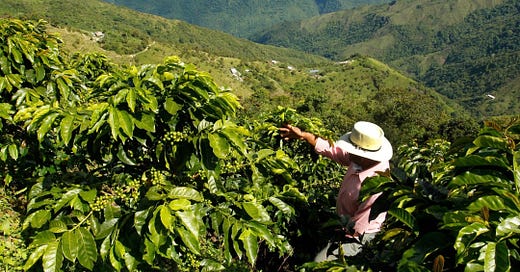



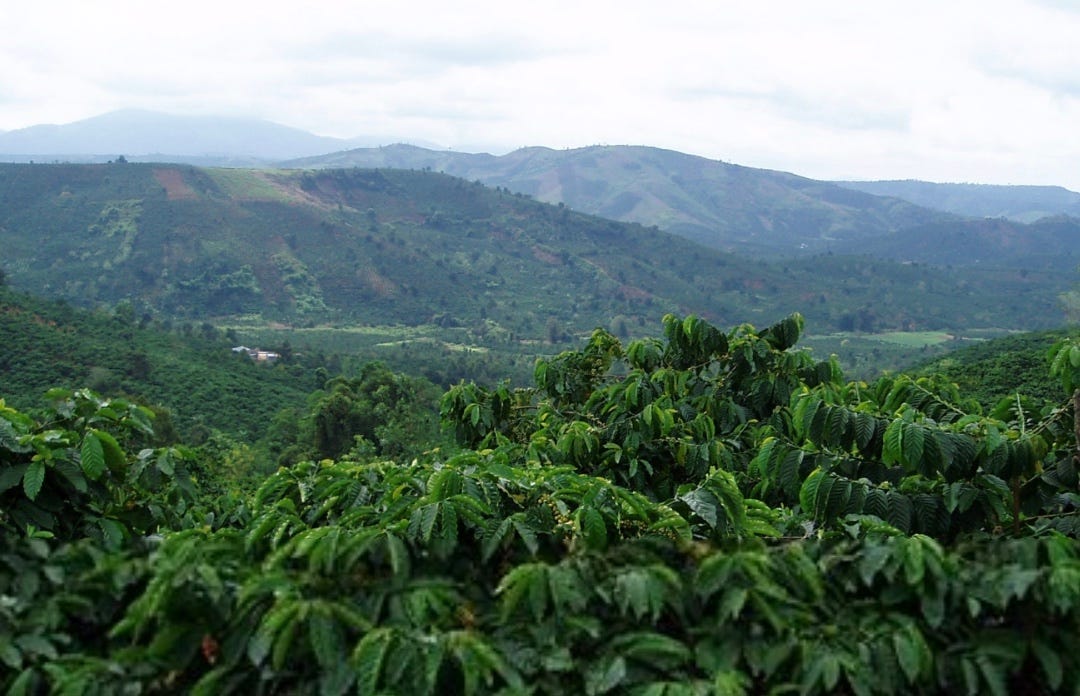
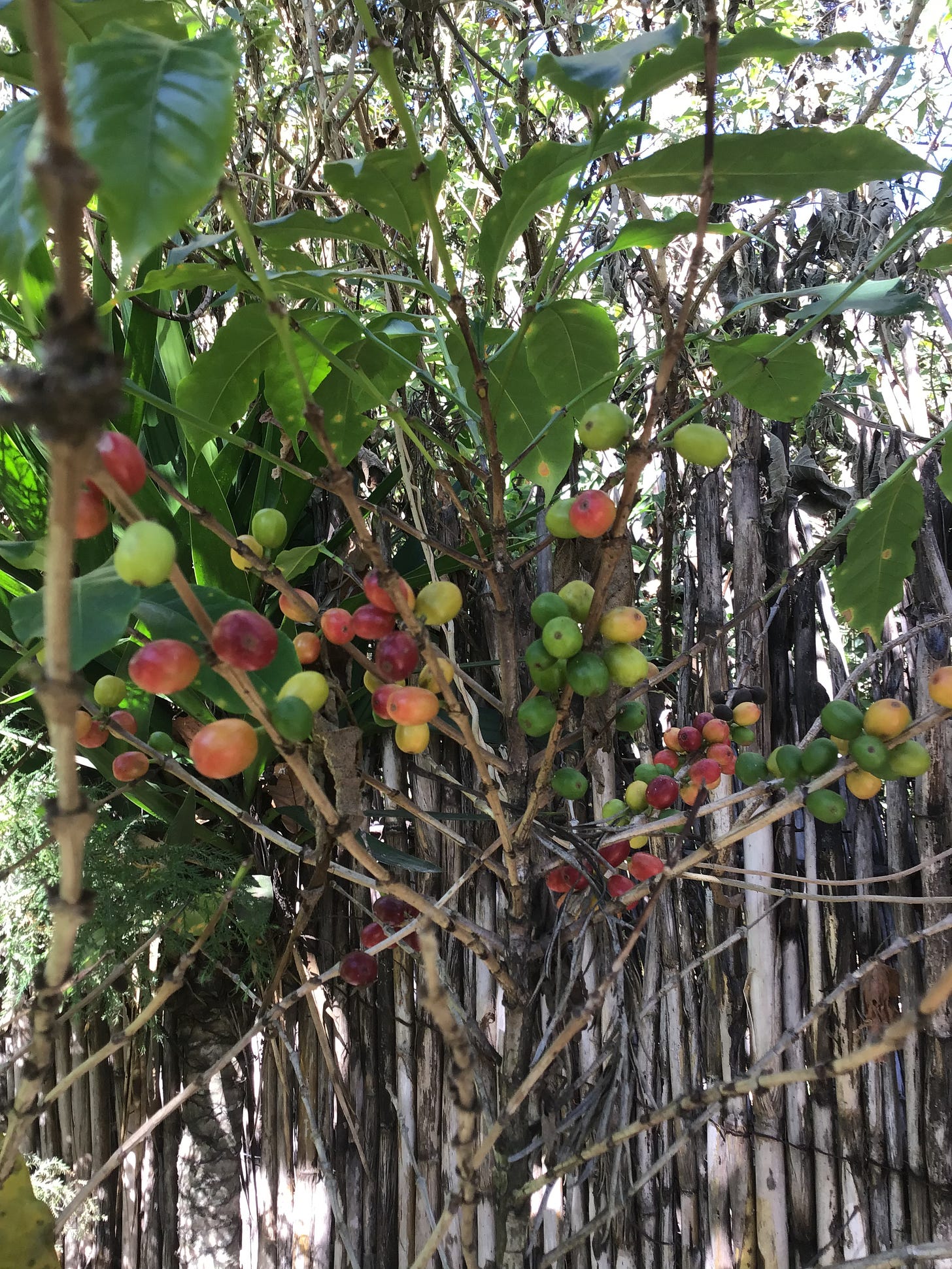
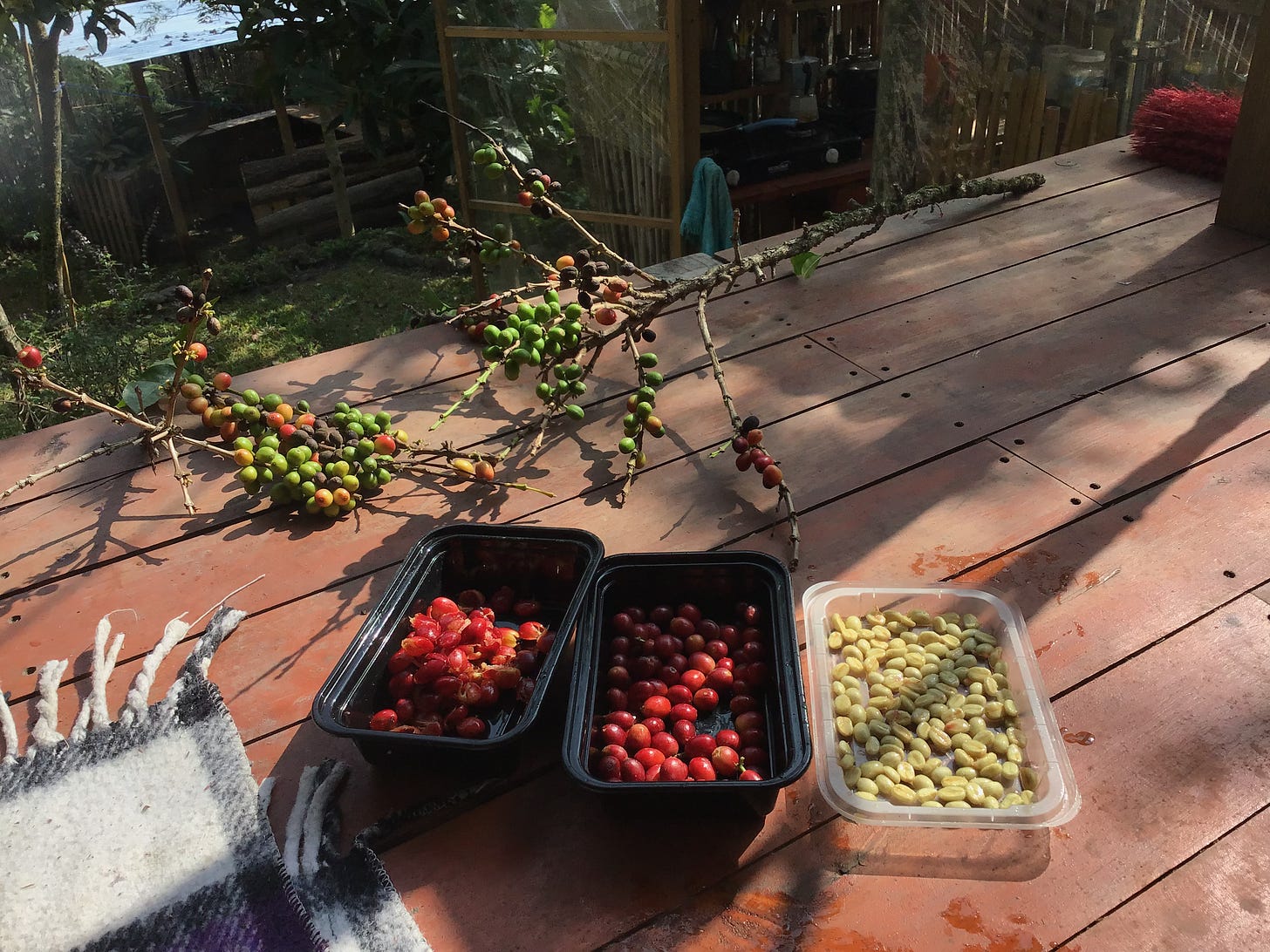
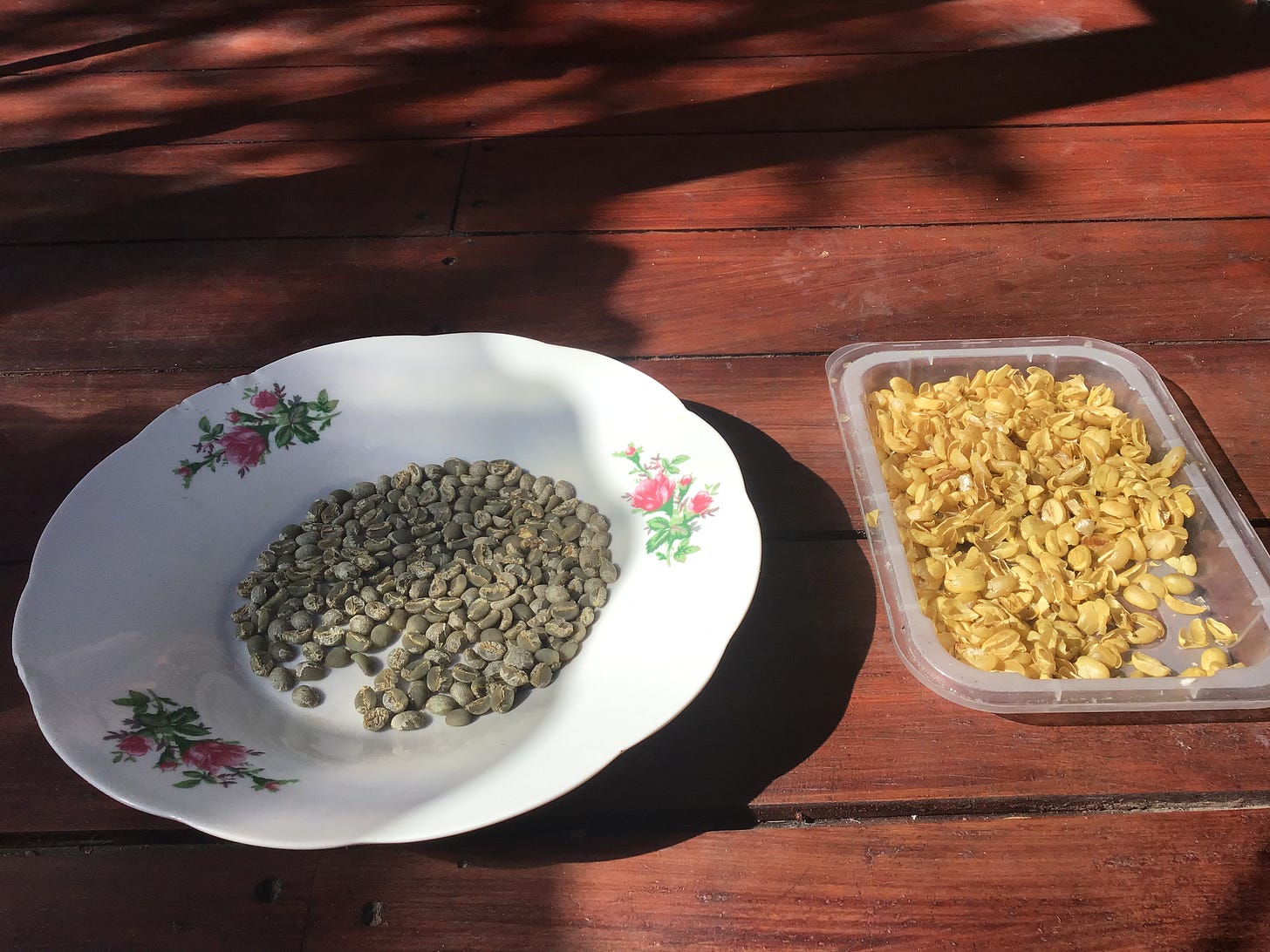

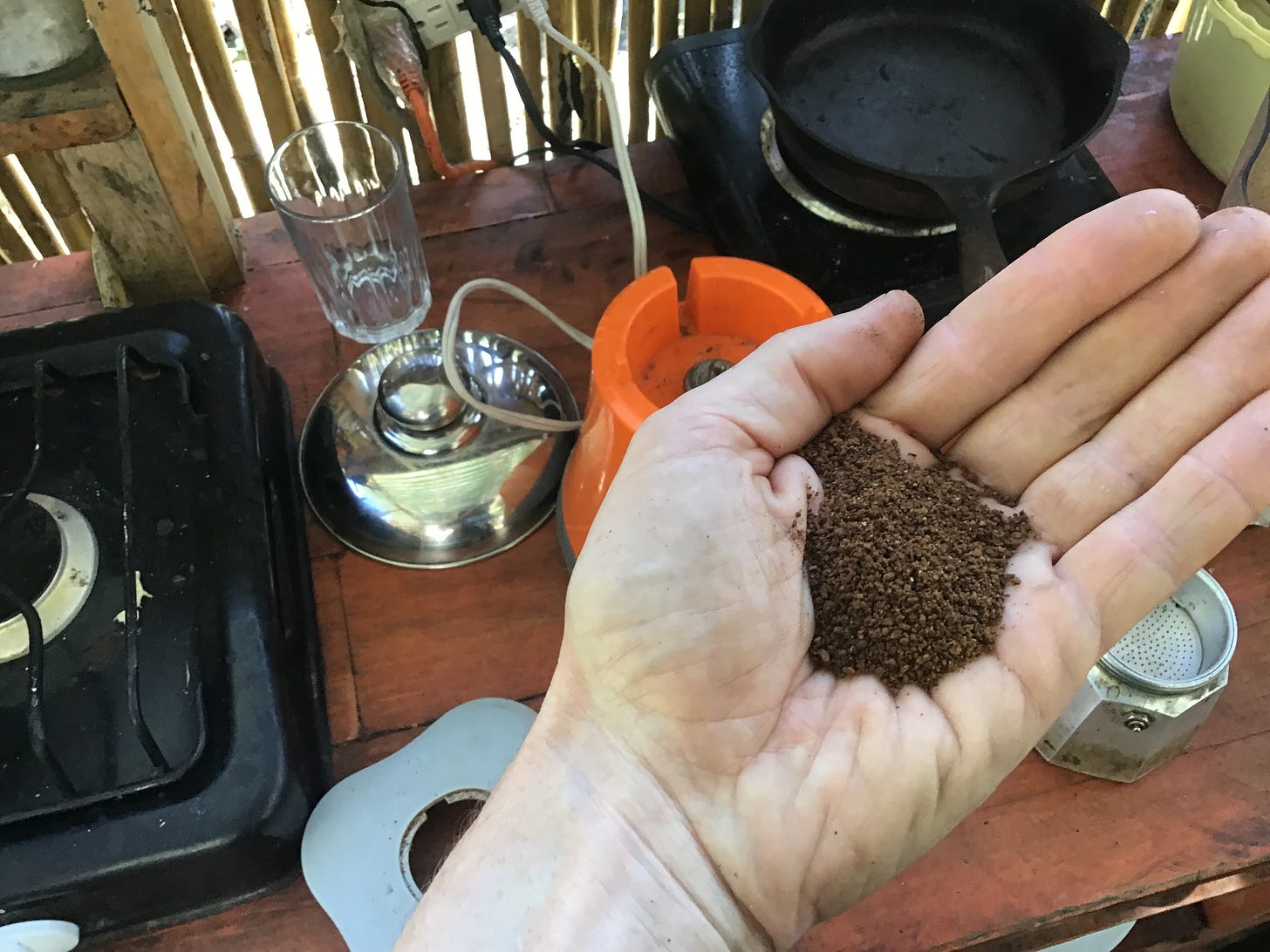

Well done David that was mind blowing.
I will never buy or make a cup of coffee again without thinking of your article.
Looking forward to your next post.